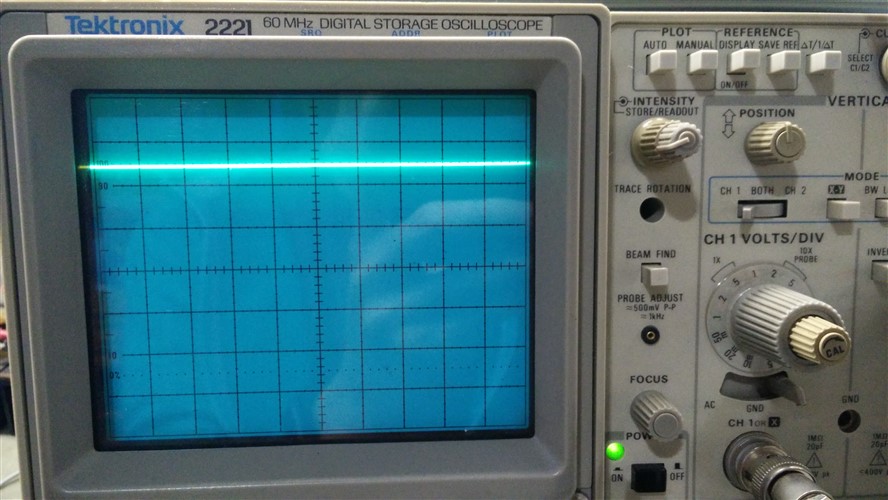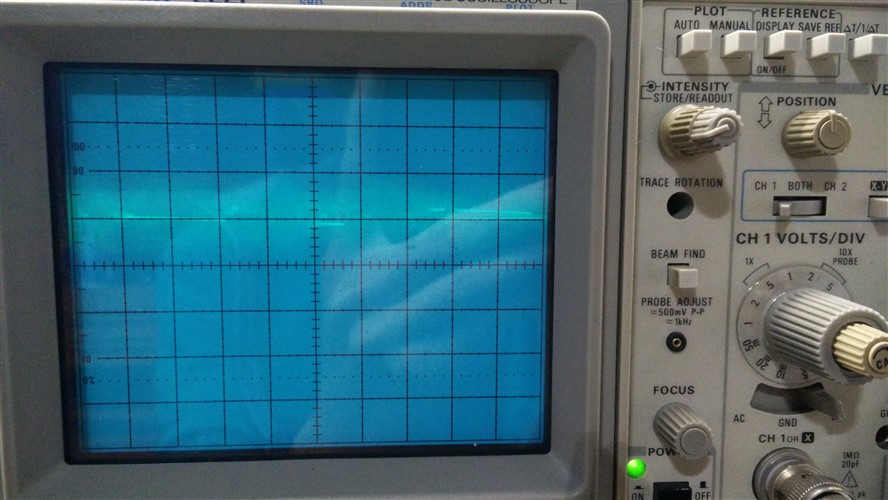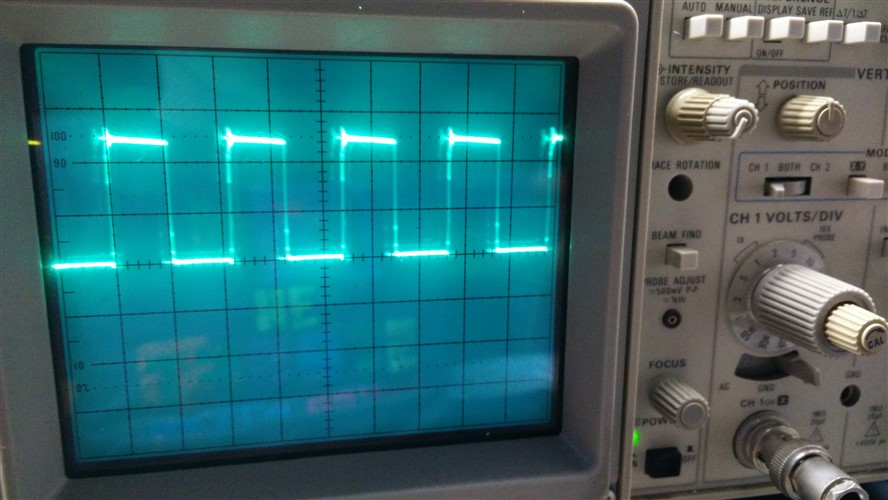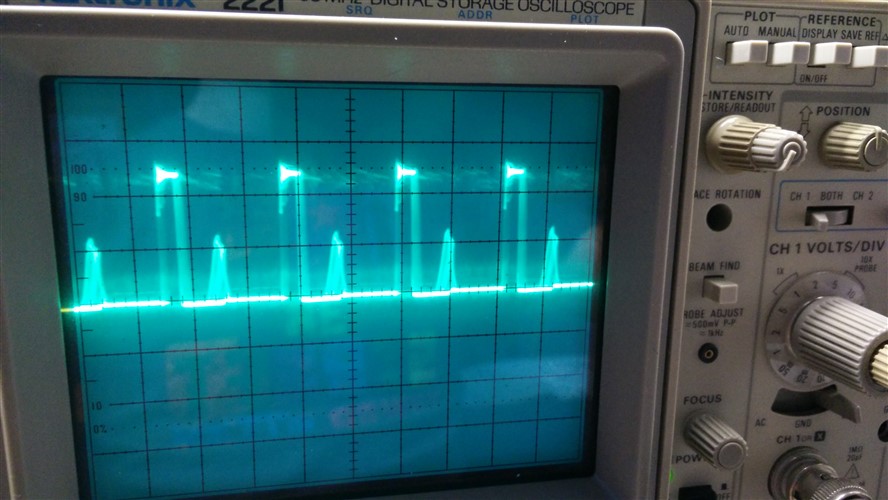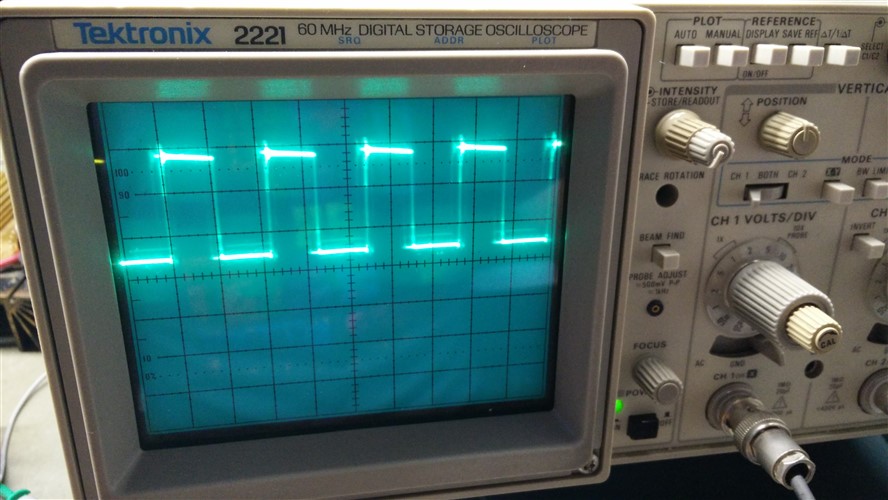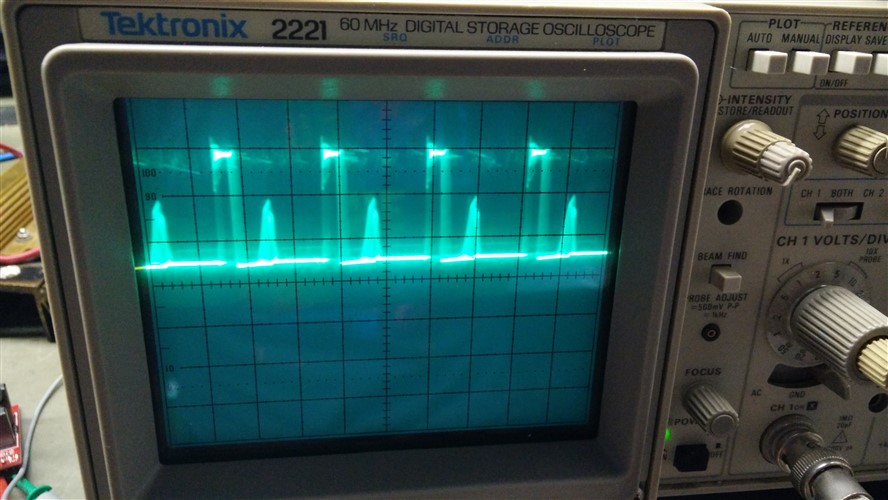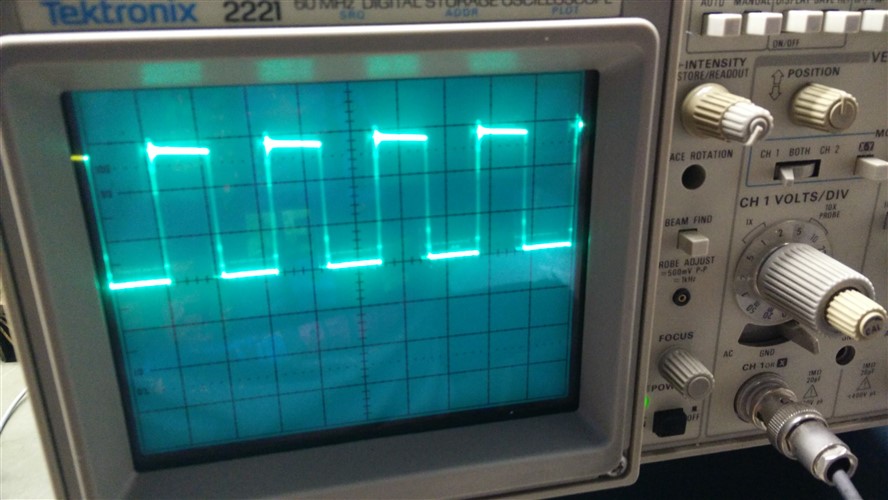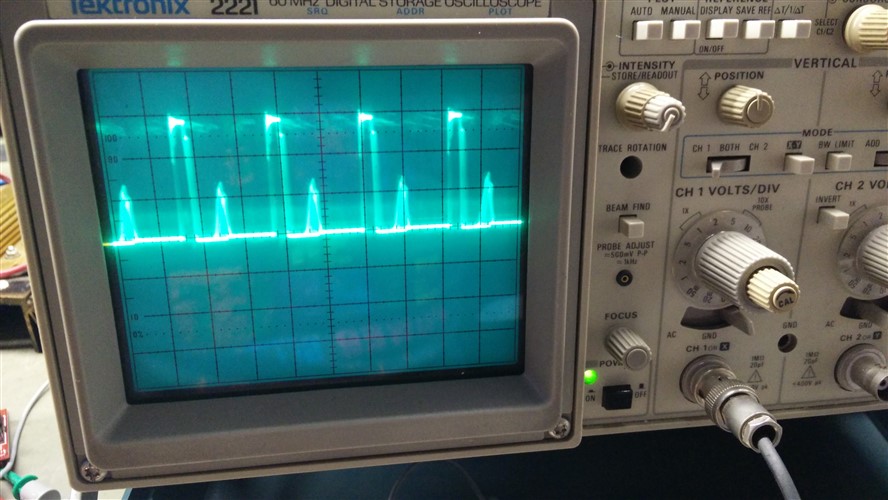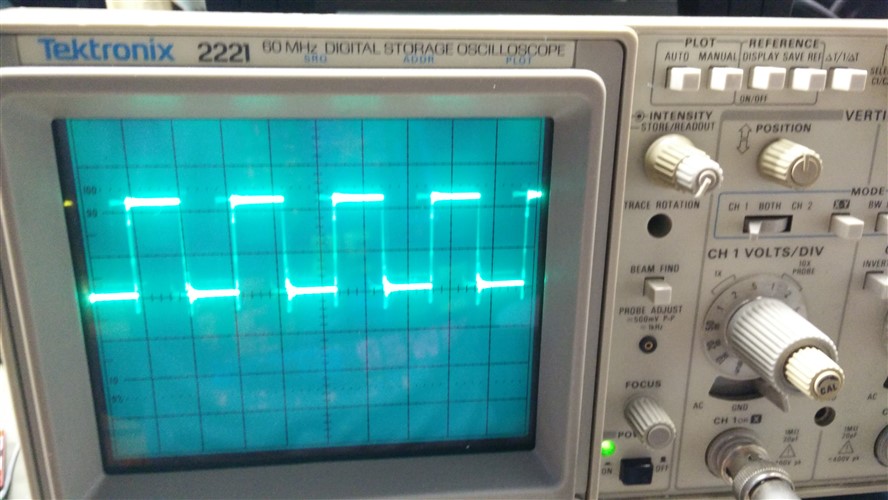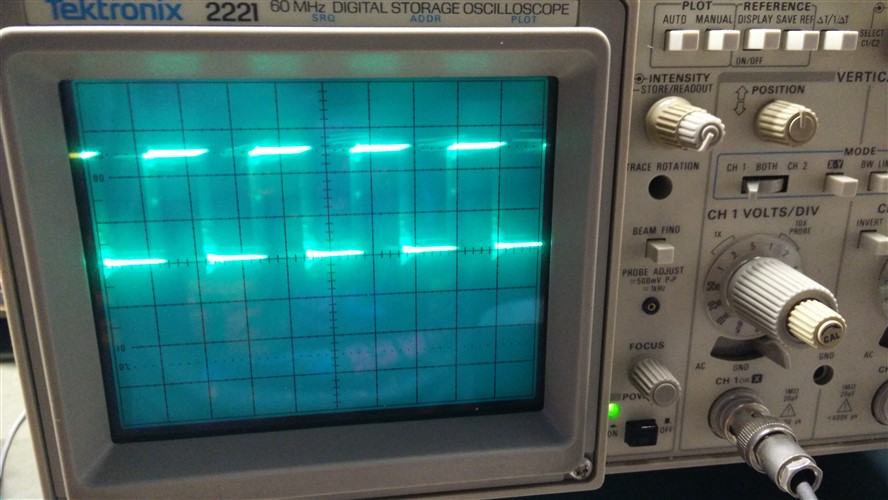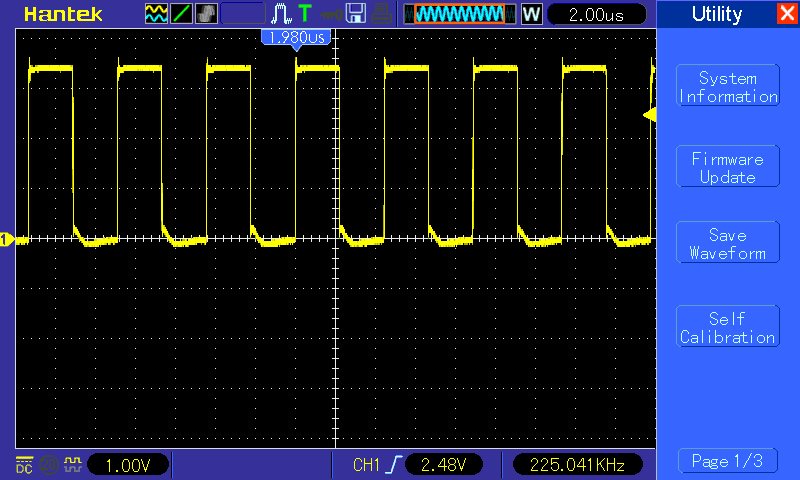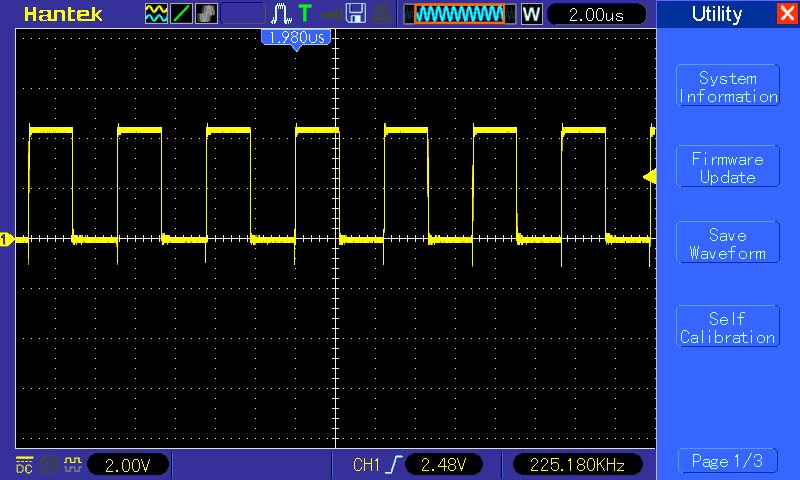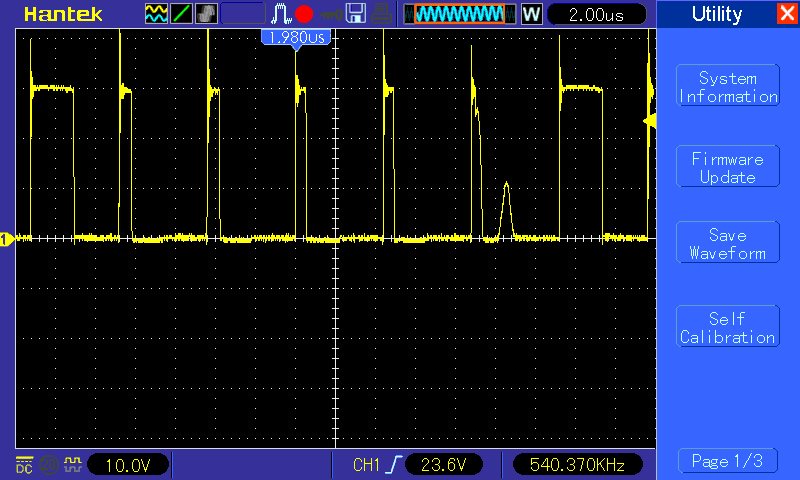I'm am designing a dc-dc converter based on the TPS28225. When powered with VDD=4.5V the output is clean, however when increasing VDD to 5V the output voltage decreases to 5V and becomes very noisy. The fets are also dissipating a lot more heat.
These results are achieved with the following parameters:
PWM: F=226kHz, D=50%, 3.4V
EN = 3.4V
Vin = 25V
I can't seem to find an explanation as to why the output gets noisy when increasing VDD. I tried using an larger bootstrap capacitor (100nF) but it didn't make any difference.
I would like to be able to use 5V to power the driver for practical reasons.
Attached are the scope images and the schematic. Any help would be apreciated.
VDD=4.5V, V/div=5V S/div=10uS
VDD=5V, V/div=5V S/div=10uS
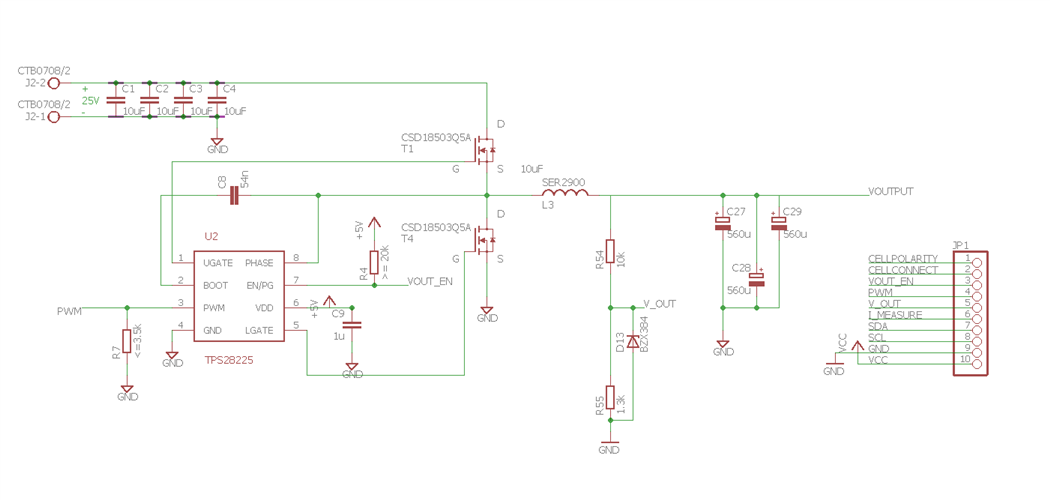
The 3-state PWM has been disabled with a 3.3k resitor for R7.


